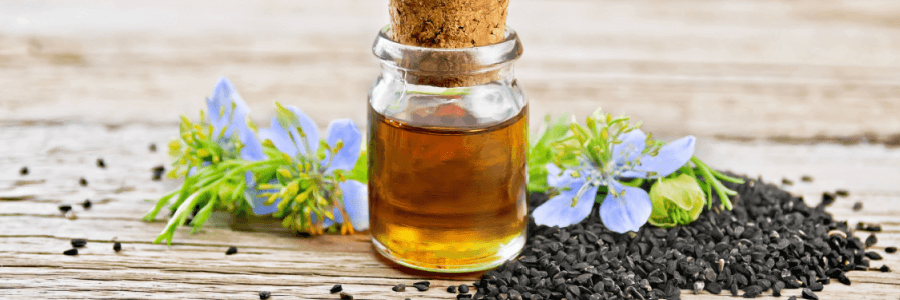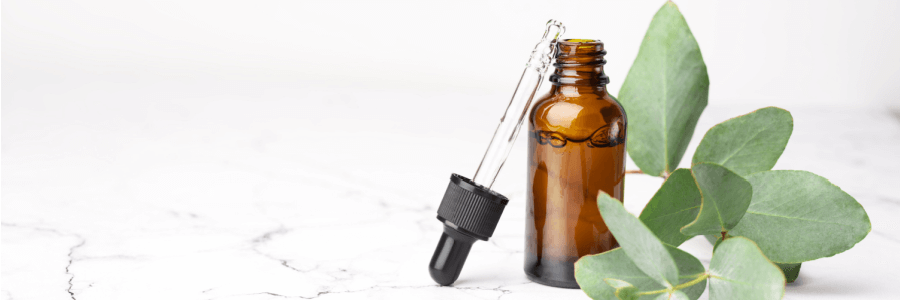Wheatgrass: History, Benefits, Nutrition Data
|



Wheatgrass is defined as the first leaves freshly sprouted from the common wheat plant, Triticum aestivum. The juice pressed from Wheatgrass is known in the health world as a “living food”. It is now used all over the world as a plant superfood with potent health benefits.
The goal of this article is to bring all of the pertinent information regarding Wheatgrass, its history, benefits and nutrition data into one place for a better understanding of its popular use as a health supplement today.
- Wheatgrass: An Overview
- A Short History
- Where Is Wheatgrass Grown?
- Why Are People Drinking Juiced Grass?
- Main Highlights & Potential Benefits
- Wheatgrass Nutritional Profile
- Conclusion

Wheatgrass: An Overview
Scientific Name: Triticum aestivum.
Other Names: Wheatgrass, Couch grass, Common wheat, Bread wheat.
Appearance: Small, fine shoots of grass.
Color: Vibrant green.
Taste: “Like grass”, mildly sweet, green, earthy, can overpower what it is mixed with.
Texture: Slightly sticky, wet.
Potential Benefits: Highly nutrient dense, powerful source of antioxidants, can eliminate toxins, aid digestion, boost metabolism, lower cholesterol, boost the immune system, increase energy and improve cognitive function, anti-inflammatory properties, and blood-sugar regulation.
A Short History
The use of Wheatgrass as a “living food” can be traced all the way back to the Mesopotamians and Egyptians over 5,000 years ago. They were said to have used the plant for its health and vitality. Even so, the Western world didn’t start consuming the raw plant until around the 1930’s when a man named Charles Schnabel started to spread awareness about its benefits.
Schnabel was an American agricultural chemist whose early research found that general health and productivity of livestock like poultry, cattle, and swine increased when a small amount of dehydrated cereal grass was added to their feed. He believed humans could benefit in a similar way by supplementing the diet with wheatgrass as a natural multivitamin. This led him to found Cerophyl Laboratories in 1933 where he began advertising powdered wheat shoots.
His research and passion for consuming the newly sprouted leaves of common wheat earned himself the nickname, “Mr. Wheatgrass”. His research catalyzed conversations amount health professionals who continue to debate the true benefits of the plant and its worthiness of being called a superfood.
Today, wheatgrass is consumed raw in smoothies, whether in a smoothie, in powder and pill form, or in topical applications like lotions, sprays, and creams.
Where Is Wheatgrass Grown?
Wheatgrass grows naturally in temperate regions throughout Europe and the United States. This plant can be grown indoors or outdoors and can be grown in water alone or in soil. Soil is the preferred method, and this process can be expedited if the seeds are first sprouted in a jar with water.
Wheatgrass is ready to harvest when it reaches the height of about 4 inches. This is usually just 6-10 days after sprouting. If you let the grass grow to maturity (about 3 months) you can also harvest its seeds as well.
Don’t want to grow your own wheatgrass? Luckily there are many different ways to purchase and enjoy wheatgrass that don’t require you to grow it yourself. You can purchase wheatgrass shots at a local juice bar or health foods café, take it in tablet or pill form, or purchase the whole or juice powder to mix into smoothies and drinks.
Why Are People Drinking Juiced Grass?
People drinking juice from grass sounds a little weird – but that’s exactly what they are doing. The newly sprouted blades are juiced and consumed, or juiced, dehydrated, and powderized for later enjoyment. People are drinking the nectar from these tiny immature blades of wheatgrass for its many touted health benefits that include but are not limited to; its rich nutrient and antioxidant profile, anticancer and anti-inflammatory properties and gastrointestinal aid.
Main Highlights & Potential Benefits*
- Great source of chlorophyll, enzymes, and amino acids, as well as dietary minerals and vitamins like iron, magnesium, calcium, vitamin A, vitamin C, vitamin E, and vitamin B12.
- Packed with brain-healthy omega-3 and omega-6 fatty acids.
- The nutrient content of wheatgrass juice is roughly equivalent to that of dark leafy vegetables.
- High in Chlorophyll, which helps remove heavy metals from the blood and boosts immunity.
- May help balance blood sugar.
- Can help promote weight loss.
- Can be easily added to diet.
- Anti-inflammatory properties.
- Anti-cancer properties.
- May help reduce cholesterol.
- Aids in detoxing the body which may lead to reduced bloating, gas, and stomach upset.
- Improve immunity.
- Stimulate circulation by increasing oxygen in the blood.
- Improve digestion.
- Prevent tooth decay with natural antibacterial and antimicrobial properties.
- Cleanse the liver.
- Stabilize lipid levels.
- Reduce acne.
- Vitamin B complex may help reduce anxiety and improve mental health.
- Contains P4D1, a compound that impacts sperm cells and DNA, which can increase fertility.
Wheatgrass Powder Nutritional Profile
According to the US Department of Agriculture, one tablespoon (8g) of whole wheatgrass powder contains the following:
Please note, wheatgrass powder and wheatgrass juice powder are not the same. Wheatgrass powder contains fiber, whereas wheatgrass juice powder is filtered and does not contain fiber. It is also more concentrated and contains more nutrients compared to whole wheatgrass powder. For a complete guide to the difference between wheatgrass juice powder vs. whole wheatgrass powder, see the article below:
Wheatgrass Powder Vs. Wheatgrass Juice Powder: What's The Difference?
Conclusion
The juice from wheatgrass is considered a “living food” that is packed with minerals, vitamins, and nutrients that support overall health and wellness. It has been used for centuries as a potent health supplement. It is eaten, drank and used topically. You can find Wheatgrass in raw form, freshly juiced, powderized and in tablets and creams. It’s most popularly used as a natural multi-vitamin, and for its purported health benefits such as reducing inflammation, improving digestion, and detoxing the body.
If you are looking for a simple way to boost energy and add more nutrients to your diet, Wheatgrass is a great choice. While there are many different options when it comes to consuming wheatgrass, wheatgrass juice powder is the most concentrated and potent form. It is easily dissolved in liquid like water, juice, or smoothies. So, what are you waiting for? Jump on the bandwagon and give wheatgrass juice a shot!
Medical Disclaimer
Please speak with your doctor or other licensed healthcare professional before beginning any new supplement including Wheatgrass. None of the content on this site is or should be considered medical advice. The purpose of this article is simply to highlight relevant research for those curious about the potential benefits of consuming Wheatgrass.

 Login
Login


